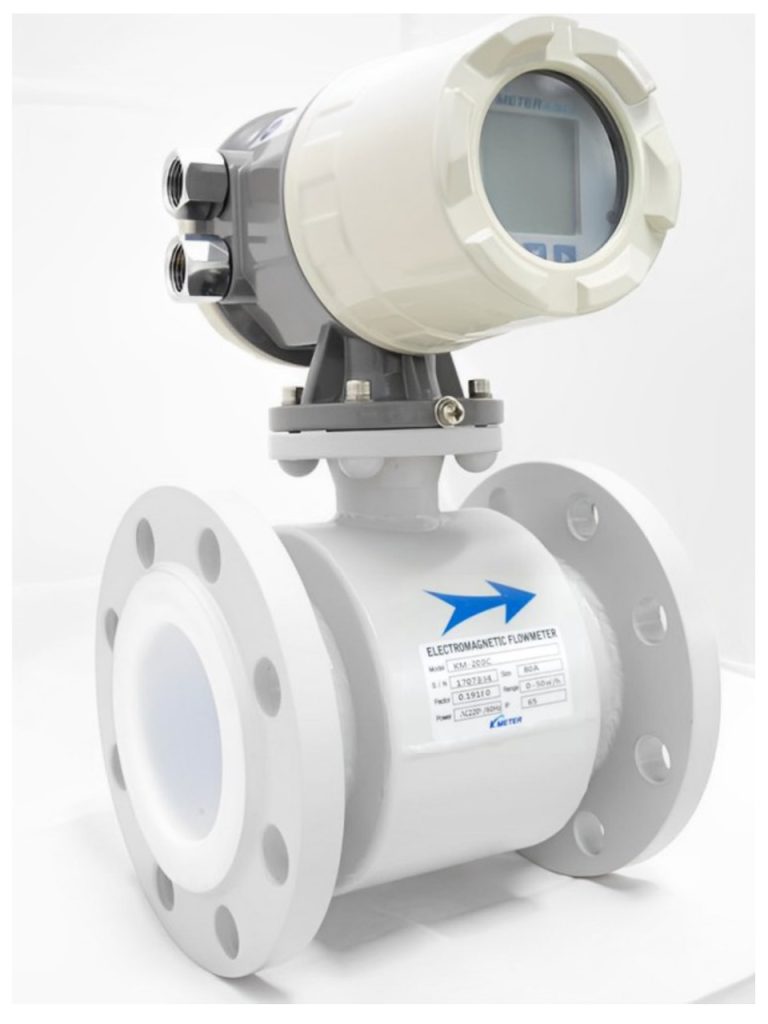Electromagnetic Flowmeters

Despite introducing new technologies to measure flow in unique ways, the electromagnetic flow meter is still as popular as ever. One reason for this is that consultant engineers who specify flowmeters are familiar with the technology and trust it implicitly.
How do electromagnetic flow meters work?
Faraday’s Law, formulated by the British scientist Michael Faraday in the 19th century, is a fundamental concept in electromagnetism. It states that the electromotive force (EMF) induced in a closed circuit is directly proportional to the rate of change of magnetic flux through the circuit. Mathematically, Faraday’s Law is expressed as:
EMF = -dΦ/dt
Where:
- EMF represents the electromotive force (in volts, V).
- dΦ/dt represents the rate of change of magnetic flux (in webers per second, Wb/s).
In the context of a magnetic flow meter, this law is crucial because it explains how the flow of a conductive fluid through a magnetic field generates a voltage signal that is directly proportional to the flow rate. By measuring this induced voltage, the meter can accurately determine the flow rate of the fluid, making it a valuable tool in various industrial and scientific applications.”
Understanding Faraday’s Law is essential for comprehending the underlying principles of magnetic flow meters and their functionality in measuring fluid flow.
